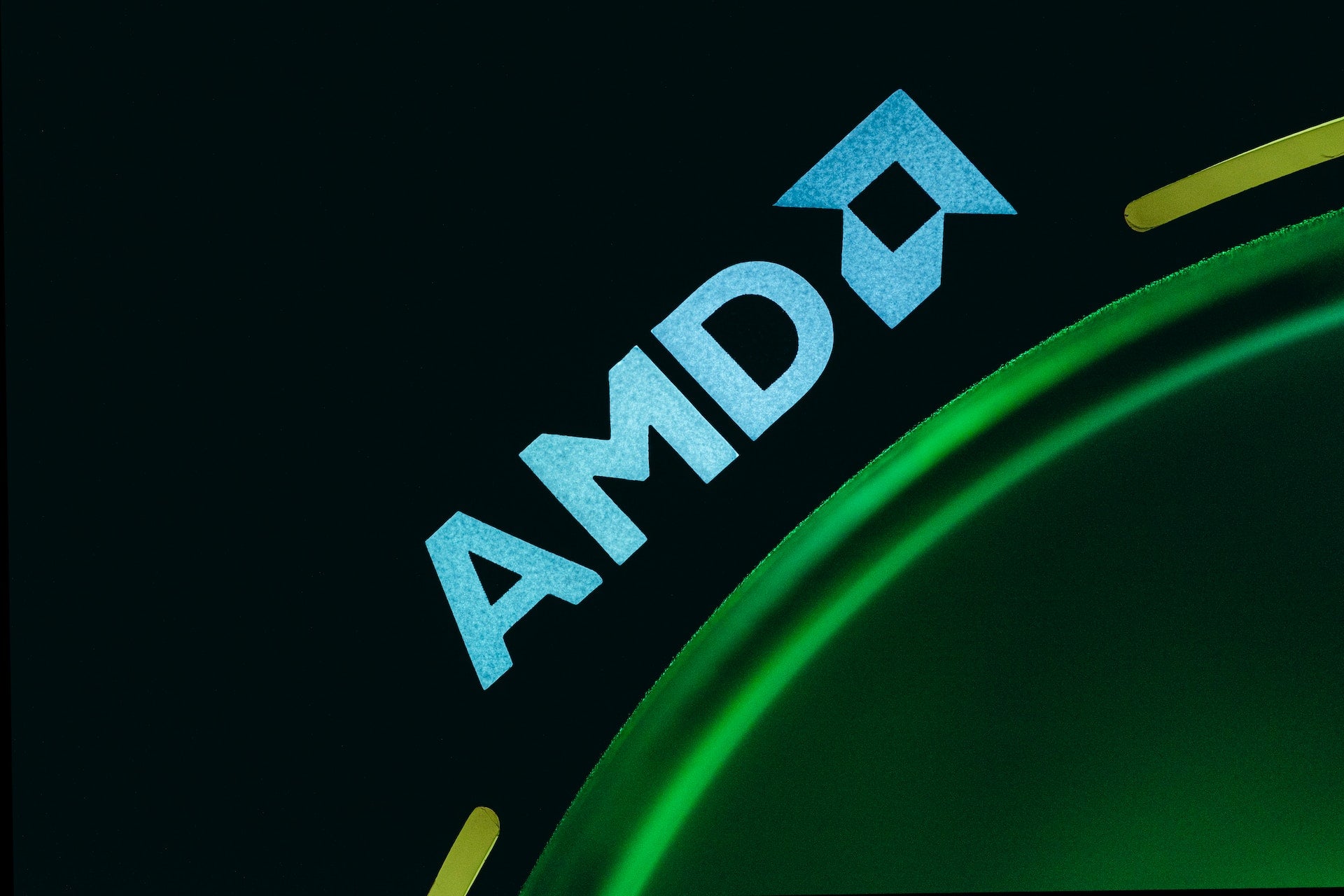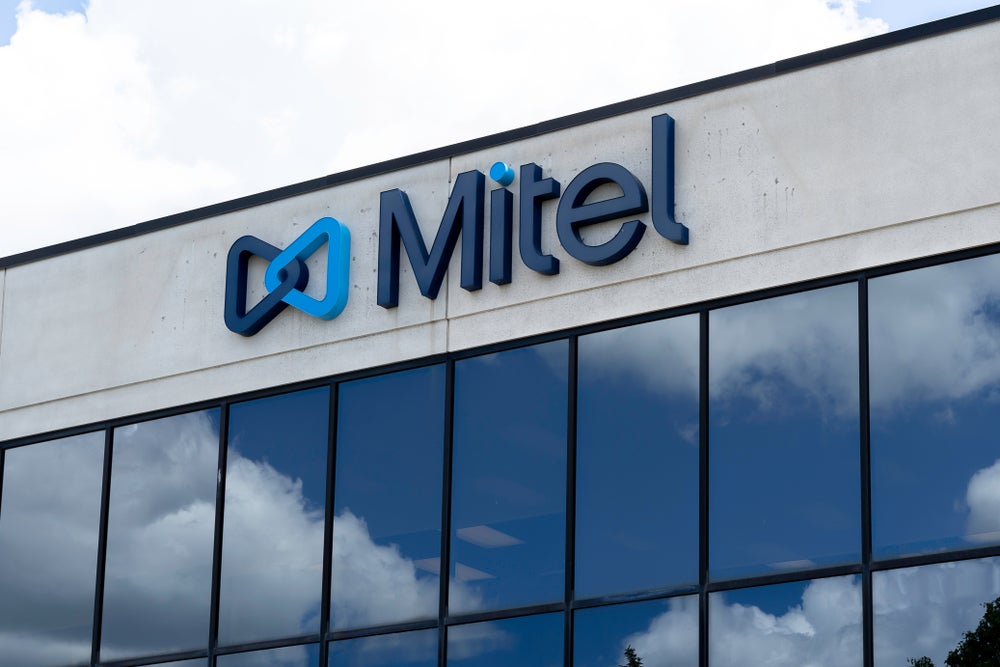
Technology giant Microsoft and Advanced Micro Devices (AMD) are collaborating on AMD’s advancement into artificial intelligence (AI) processors, reported Bloomberg, citing sources.
Together, they aim to provide an alternative to Nvidia, the industry leader in graphics processing units (GPUs), which are chips with AI capabilities, the sources said.

Access deeper industry intelligence
Experience unmatched clarity with a single platform that combines unique data, AI, and human expertise.
According to the sources, Microsoft is supporting AMD’s initiatives, including by offering technical resources.
The software giant is also collaborating with the chipmaker on the Athena processor, a custom-built Microsoft chip for AI workloads, they added.
But Microsoft representative Frank Shaw refuted AMD’s involvement in Athena.
“AMD is a great partner,” Shaw said. “However, they are not involved in Athena.”

US Tariffs are shifting - will you react or anticipate?
Don’t let policy changes catch you off guard. Stay proactive with real-time data and expert analysis.
By GlobalDataThe alliance is said to be a part of a larger effort to increase AI processing power to cater to the demand created by chatbots such as ChatGPT and other services that are driven by AI.
Microsoft, which has invested billions in ChatGPT’s owner OpenAI, has been pushing further into the chip industry.
Under the direction of former Intel executive Rani Borkar, the business has spent the last few years developing its chip division, which now employs close to 1,000 people.
Microsoft has invested nearly $2bn on its chip initiatives, and several hundred of those staff members are working on the Athena project, one of the sources said.
As per the report, Borkar’s team is now focusing on the Athena project, which involves creating a GPU that can train and execute AI models.
One source said that the product is currently being internally tested, and it may be available for wider usage as early as next year.







